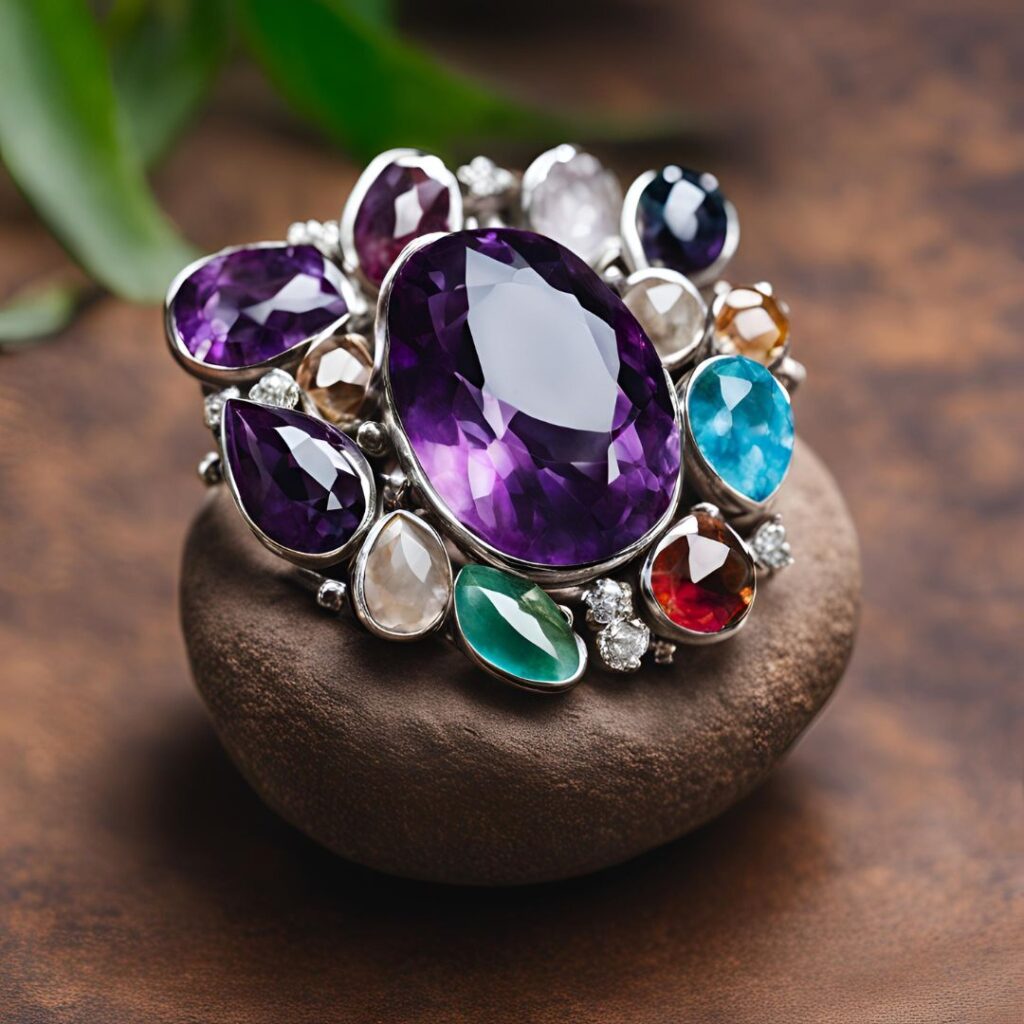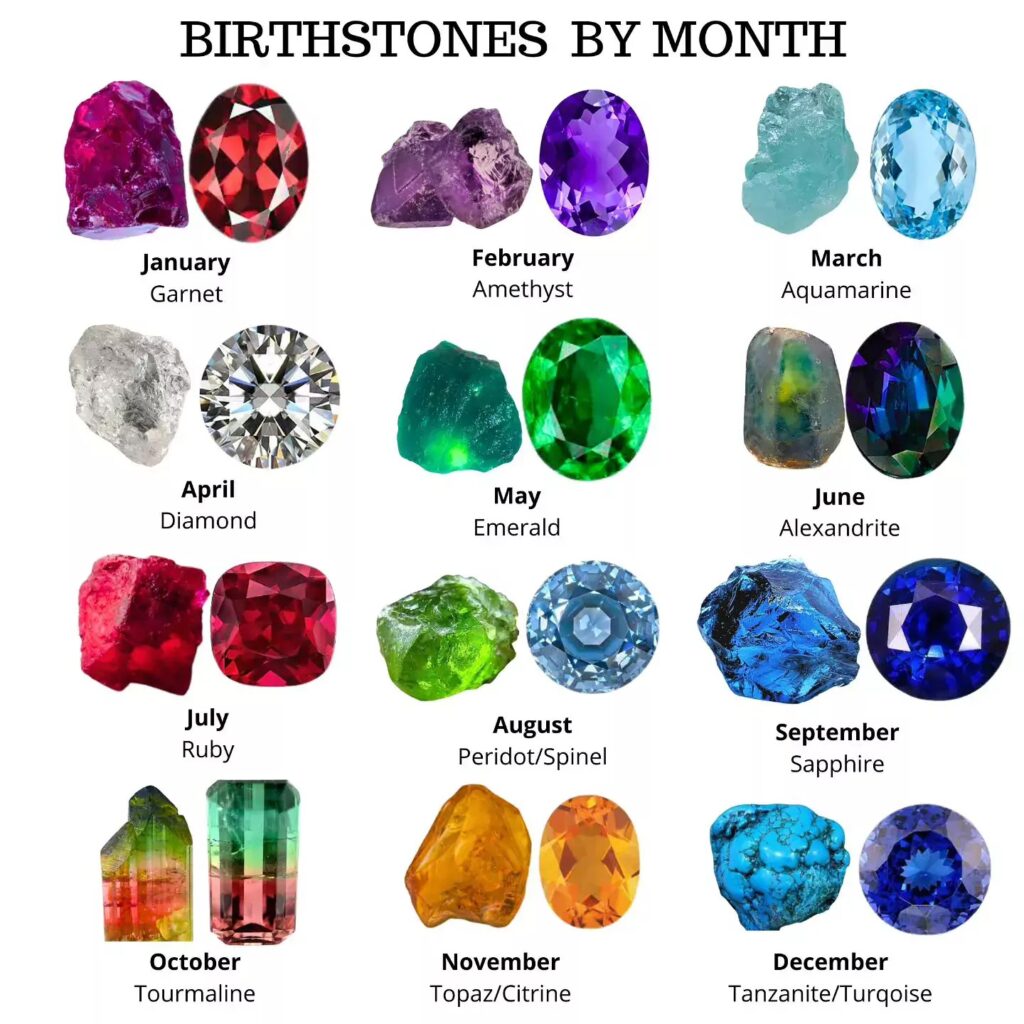Throughout history, gemstones have been attributed with mystical powers, holding symbolic meanings that transcend cultures and centuries. Here are a few popular stones and the myths surrounding them:
- Amethyst: Known as the “Stone of Sobriety,” amethyst was thought by Ancient Greeks to protect against intoxication and promote calm. It is also associated with mental clarity and emotional healing.
- Jade: In East Asian cultures, jade is revered as a stone of luck, believed to attract prosperity and harmony. Ancient Chinese cultures crafted jade into sacred objects, attributing it with protective qualities.
- Ruby: Often called the “King of Gemstones,” ruby is linked to love and passion. Medieval warriors wore it as a protective talisman, believing it would keep them safe in battle.
- Turquoise: Known as a stone of protection, turquoise is often used in Native American jewelry. It is believed to guard against negativity and bring balance to mind and body.
- Lapis Lazuli: This rich blue stone was favored in Ancient Egypt, symbolizing wisdom and truth. It was also used in spiritual practices, believed to connect the wearer to the divine.
Gemstones’ historical meanings add depth to their beauty, allowing wearers to connect with a rich tapestry of cultural beliefs, making them more than just decorative items.
These guides offer a deeper appreciation for the cultural and historical contexts of jewelry, providing a rich experience that goes beyond mere fashion.



